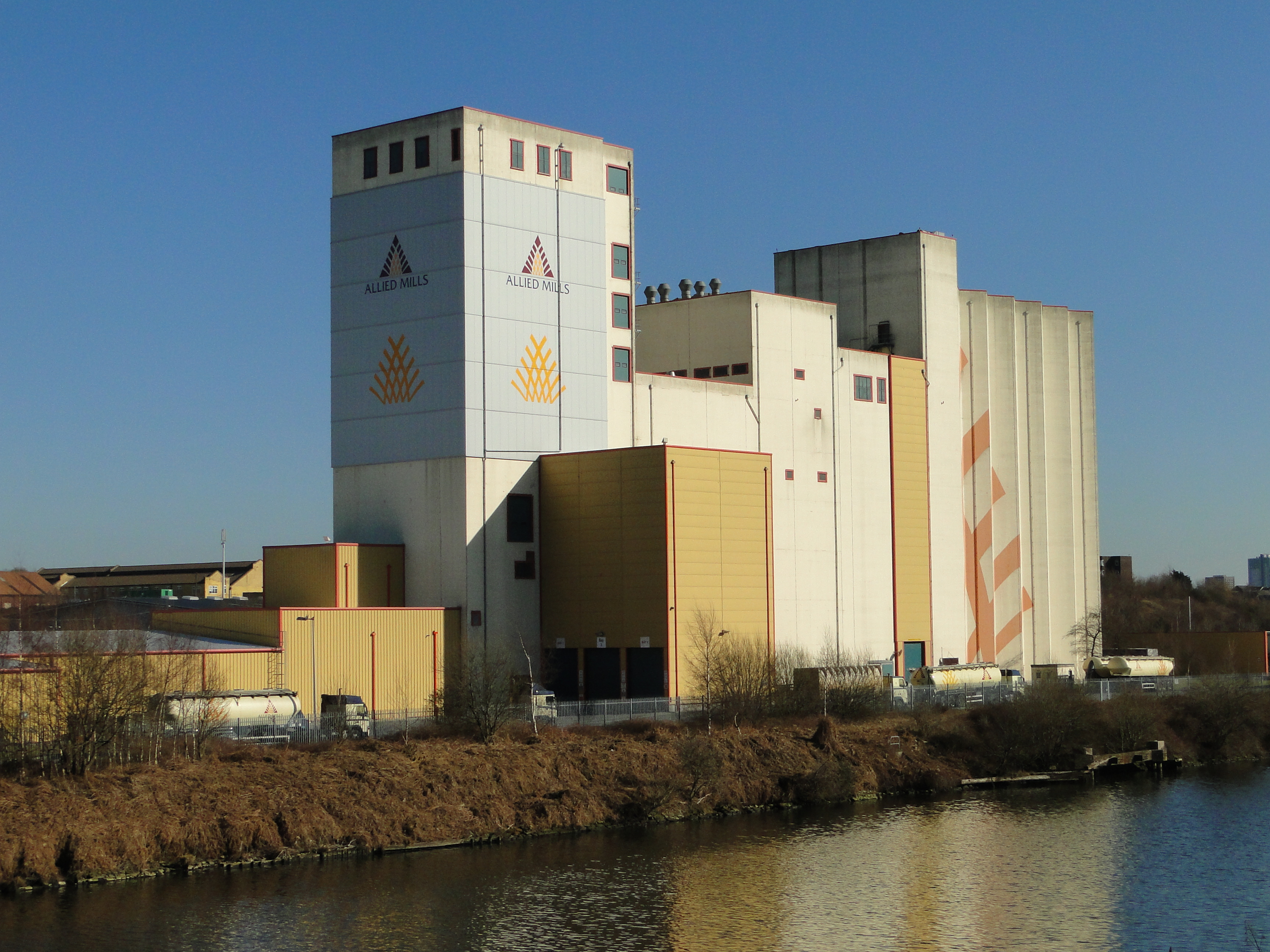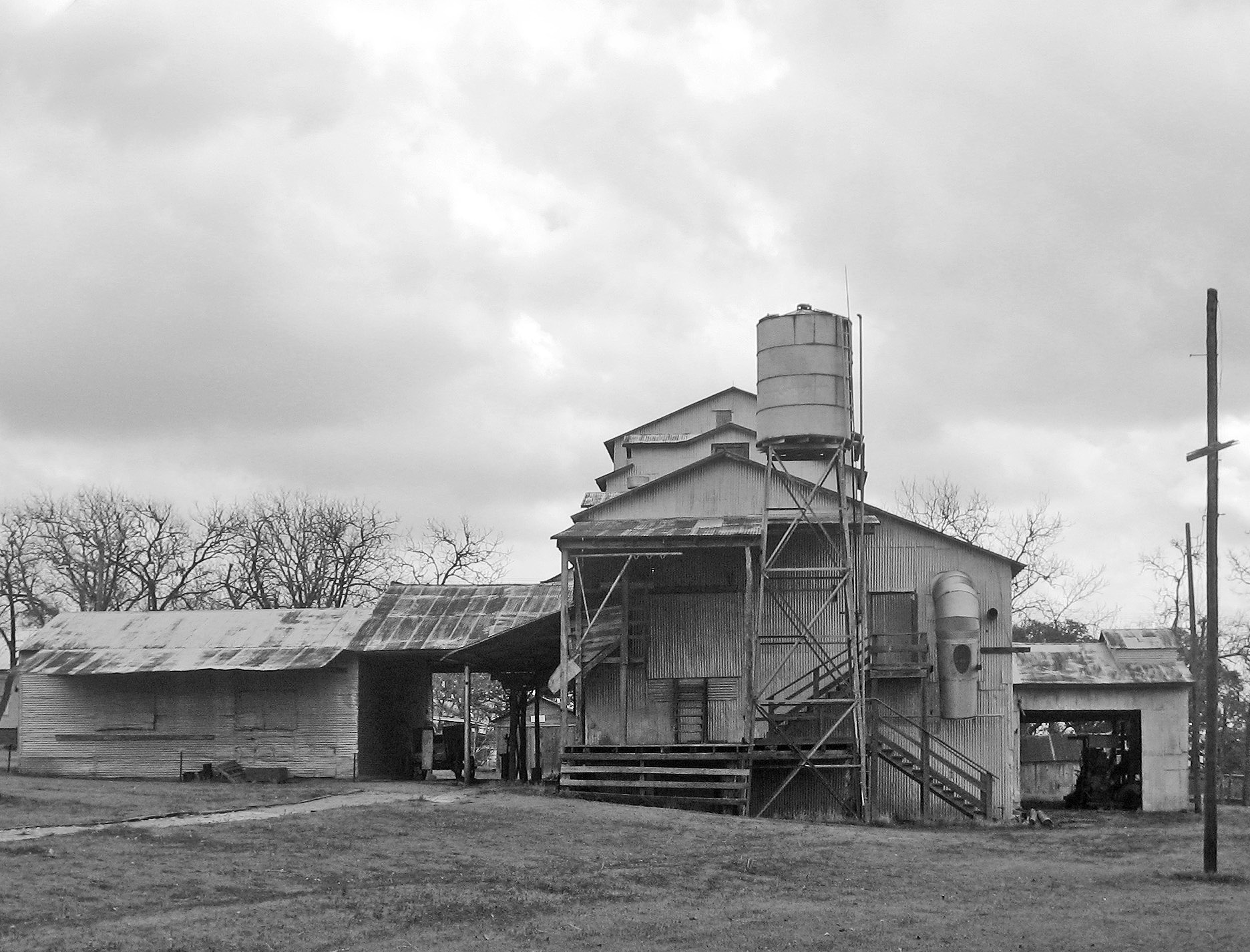|
Corbett, Oklahoma
Corbett is a ghost town in Cleveland County, Oklahoma. It is southeast of Lexington and north of the Canadian River. History Corbett started as an agricultural village in 1893 when J.P. Corbett bought 80 acres of farmland and platted a corner of his land for a village he was planning. He designated specific location in the town to have stores and shops. These included a blacksmith shop, cotton gin, sawmill, gristmill, a church, and others. These sites could be leased or given to people. If the buildings were used for other purposes instead of what they were intended for, the leaser would have to give back the area they leased. There was a forbiddance of alcohol and saloons in the village. A post office for the town was created in 1901 under the alias of “Higbee”. In 1902, the name finally changed to “Corbett”, with the post office lasting until 1907. A few years after this, two stores and a sorghum mill were added to the town. The children in the village attended ... [...More Info...] [...Related Items...] OR: [Wikipedia] [Google] [Baidu] |
List Of Ghost Towns In Oklahoma
This is an incomplete list of ghost towns in Oklahoma, United States of America, including abandoned sites. Classification Ghost towns can include sites in various states of disrepair and abandonment. Some sites no longer have any trace of civilization and have reverted to pasture land or empty fields. Other sites are unpopulated but still have standing buildings. Some sites may even have a sizable, though small population, but there are far fewer citizens than in its grander historic past. Barren site * Sites no longer in existence * Sites that have been destroyed * Covered with water * Reverted to pasture * May have a few difficult to find foundations/footings at most Neglected site * Only rubble left * Roofless building ruins * Buildings or houses still standing, but majority are roofless Abandoned site * Building or houses still standing * Buildings and houses all abandoned * No population, except caretaker * Site no longer in existence except for one or two building ... [...More Info...] [...Related Items...] OR: [Wikipedia] [Google] [Baidu] |
Sawmill
A sawmill (saw mill, saw-mill) or lumber mill is a facility where logging, logs are cut into lumber. Modern sawmills use a motorized saw to cut logs lengthwise to make long pieces, and crosswise to length depending on standard or custom sizes (dimensional lumber). The Portable sawmill, "portable" sawmill is of simple operation. The log lies flat on a steel bed, and the motorized saw cuts the log horizontally along the length of the bed, by the operator manually pushing the saw. The most basic kind of sawmill consists of a chainsaw and a customized jig ("Alaskan sawmill"), with similar horizontal operation. Before the invention of the sawmill, boards were made in various manual labour, manual ways, either wood splitting, rived (split) and plane (tool), planed, hewing, hewn, or more often hand sawn by two men with a whipsaw, one above and another in a saw pit below. The earliest known mechanical mill is the Hierapolis sawmill, a Roman water-powered stone mill at Hierapolis, Asia ... [...More Info...] [...Related Items...] OR: [Wikipedia] [Google] [Baidu] |
Ghost Towns In Oklahoma
A ghost is the soul or spirit of a dead person or animal that is believed to be able to appear to the living. In ghostlore, descriptions of ghosts vary widely from an invisible presence to translucent or barely visible wispy shapes, to realistic, lifelike forms. The deliberate attempt to contact the spirit of a deceased person is known as necromancy, or in spiritism as a ''séance''. Other terms associated with it are apparition, haunt, phantom, poltergeist, shade, specter or spectre, spirit, spook, wraith, demon, and ghoul. The belief in the existence of an afterlife, as well as manifestations of the spirits of the dead, is widespread, dating back to animism or ancestor worship in pre-literate cultures. Certain religious practices—funeral rites, exorcisms, and some practices of spiritualism and ritual magic—are specifically designed to rest the spirits of the dead. Ghosts are generally described as solitary, human-like essences, though stories of ghostly armies and t ... [...More Info...] [...Related Items...] OR: [Wikipedia] [Google] [Baidu] |
Great Depression
The Great Depression (19291939) was an economic shock that impacted most countries across the world. It was a period of economic depression that became evident after a major fall in stock prices in the United States. The economic contagion began around September and led to the Wall Street stock market crash of October 24 (Black Thursday). It was the longest, deepest, and most widespread depression of the 20th century. Between 1929 and 1932, worldwide gross domestic product (GDP) fell by an estimated 15%. By comparison, worldwide GDP fell by less than 1% from 2008 to 2009 during the Great Recession. Some economies started to recover by the mid-1930s. However, in many countries, the negative effects of the Great Depression lasted until the beginning of World War II. Devastating effects were seen in both rich and poor countries with falling personal income, prices, tax revenues, and profits. International trade fell by more than 50%, unemployment in the U.S. rose to 23% ... [...More Info...] [...Related Items...] OR: [Wikipedia] [Google] [Baidu] |
Purcell, Oklahoma
Purcell is a city in and the county seat of McClain County, Oklahoma, United States. As of the 2020 census, the city population was 6,651. Founded in 1887, Purcell was a railroad town named after Edward B. Purcell, who was an official with the Atchison, Topeka and Santa Fe Railway.Joyce A. Rex, "Purcell," ''Encyclopedia of Oklahoma History and Culture''. Accessed April 12, 2015. Purcell is often called the "Quarterhorse Capital of the World" and its official motto is "Heart of Oklahoma"; the city has registered trademarks on both titles. History Purcell was founded in 1887. It was named after Edward B. Purcell, a vice president of the[...More Info...] [...Related Items...] OR: [Wikipedia] [Google] [Baidu] |
Boxcars
A boxcar is the North American (AAR) term for a railroad car that is enclosed and generally used to carry freight. The boxcar, while not the simplest freight car design, is considered one of the most versatile since it can carry most loads. Boxcars have side sliding doors of varying size and operation, and some include end doors and adjustable bulkheads to load very large items. Similar covered freight cars outside North America are covered goods wagons and, depending on the region, are called ''goods van'' ( UK and Australia), ''covered wagon'' ( UIC and UK) or simply ''van'' (UIC, UK and Australia). Use Boxcars can carry most kinds of freight. Originally they were hand-loaded, but in more recent years mechanical assistance such as forklifts have been used to load and empty them faster. Their generalized design is still slower to load and unload than specialized designs of car, and this partially explains the decline in boxcar numbers since World War II. The o ... [...More Info...] [...Related Items...] OR: [Wikipedia] [Google] [Baidu] |
Sorghum
''Sorghum'' () is a genus of about 25 species of flowering plants in the grass family ( Poaceae). Some of these species are grown as cereals for human consumption and some in pastures for animals. One species is grown for grain, while many others are used as fodder plants, either cultivated in warm climates worldwide or naturalized in pasture lands. Taxonomy ''Sorghum'' is in the Poaceae (grass) subfamily Panicoideae and the tribe Andropogoneae (the same as maize, big bluestem and sugarcane). Species Accepted species recorded include: Distribution and habitat Seventeen of the 25 species are native to Australia, with the range of some extending to Africa, Asia, Mesoamerica, and certain islands in the Indian and Pacific Oceans. Toxicity In the early stages of the plants' growth, some species of sorghum can contain levels of hydrogen cyanide, hordenine, and nitrates, which are lethal to grazing animals. Plants stressed by drought or heat can also contain ... [...More Info...] [...Related Items...] OR: [Wikipedia] [Google] [Baidu] |
Leased
A lease is a contractual arrangement calling for the user (referred to as the ''lessee'') to pay the owner (referred to as the ''lessor'') for the use of an asset. Property, buildings and vehicles are common assets that are leased. Industrial or business equipment are also leased. Basically a lease agreement is a contract between two parties: the lessor and the lessee. The lessor is the legal owner of the asset, while the lessee obtains the right to use the asset in return for regular rental payments. The lessee also agrees to abide by various conditions regarding their use of the property or equipment. For example, a person leasing a car may agree to the condition that the car will only be used for personal use. The term rental agreement can refer to two kinds of leases: * A lease in which the asset is tangible property. Here, the user '' rents'' the asset (e.g. land or goods) ''let out'' or ''rented out'' by the owner (the verb ''to lease'' is less precise because it can r ... [...More Info...] [...Related Items...] OR: [Wikipedia] [Google] [Baidu] |
Church (building)
A church, church building or church house is a building used for Christian worship services and other Christian religious activities. The earliest identified Christian church is a house church founded between 233 and 256. From the 11th through the 14th centuries, there was a wave of church construction in Western Europe. Sometimes, the word ''church'' is used by analogy for the buildings of other religions. ''Church'' is also used to describe the Christian religious community as a whole, or a body or an assembly of Christian believers around the world. In traditional Christian architecture, the plan view of a church often forms a Christian cross; the center aisle and seating representing the vertical beam with the bema and altar forming the horizontal. Towers or domes may inspire contemplation of the heavens. Modern churches have a variety of architectural styles and layouts. Some buildings designed for other purposes have been converted to churches, while many ori ... [...More Info...] [...Related Items...] OR: [Wikipedia] [Google] [Baidu] |
Gristmill
A gristmill (also: grist mill, corn mill, flour mill, feed mill or feedmill) grinds cereal grain into flour and middlings. The term can refer to either the grinding mechanism or the building that holds it. Grist is grain that has been separated from its chaff in preparation for grinding. History Early history The Greek geographer Strabo reports in his ''Geography'' a water-powered grain-mill to have existed near the palace of king Mithradates VI Eupator at Cabira, Asia Minor, before 71 BC. The early mills had horizontal paddle wheels, an arrangement which later became known as the " Norse wheel", as many were found in Scandinavia. The paddle wheel was attached to a shaft which was, in turn, attached to the centre of the millstone called the "runner stone". The turning force produced by the water on the paddles was transferred directly to the runner stone, causing it to grind against a stationary "bed", a stone of a similar size and shape. This simple arrangement required ... [...More Info...] [...Related Items...] OR: [Wikipedia] [Google] [Baidu] |
Cotton Gin
A cotton gin—meaning "cotton engine"—is a machine that quickly and easily separates cotton fibers from their seeds, enabling much greater productivity than manual cotton separation.. Reprinted by McGraw-Hill, New York and London, 1926 (); and by Lindsay Publications, Inc., Bradley, Illinois, (). The fibers are then processed into various cotton goods such as calico, while any undamaged cotton is used largely for textiles like clothing. The separated seeds may be used to grow more cotton or to produce cottonseed oil. Handheld roller gins had been used in the Indian subcontinent since at earliest AD 500 and then in other regions. The Indian worm-gear roller gin, invented sometime around the 16th century, has, according to Lakwete, remained virtually unchanged up to the present time. A modern mechanical cotton gin was created by American inventor Eli Whitney in 1793 and patented in 1794. Whitney's gin used a combination of a wire screen and small wire hooks to pull the cott ... [...More Info...] [...Related Items...] OR: [Wikipedia] [Google] [Baidu] |
List Of Sovereign States
The following is a list providing an overview of sovereign states around the world with information on their status and recognition of their sovereignty. The 206 listed states can be divided into three categories based on membership within the United Nations System: 193 member states of the United Nations, UN member states, 2 United Nations General Assembly observers#Present non-member observers, UN General Assembly non-member observer states, and 11 other states. The ''sovereignty dispute'' column indicates states having undisputed sovereignty (188 states, of which there are 187 UN member states and 1 UN General Assembly non-member observer state), states having disputed sovereignty (16 states, of which there are 6 UN member states, 1 UN General Assembly non-member observer state, and 9 de facto states), and states having a political status of the Cook Islands and Niue, special political status (2 states, both in associated state, free association with New Zealand). Compi ... [...More Info...] [...Related Items...] OR: [Wikipedia] [Google] [Baidu] |



.jpg)




